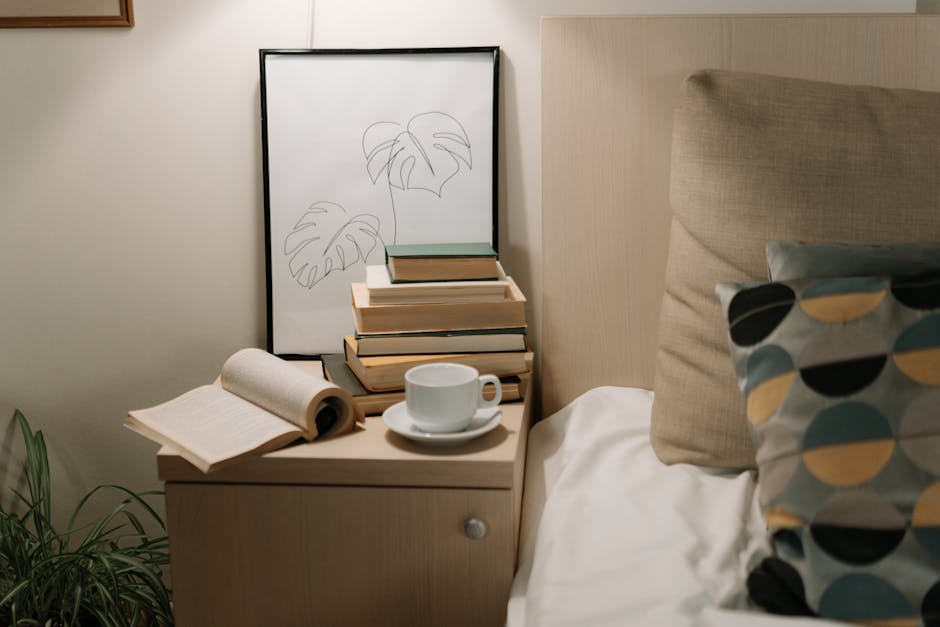
What Is Analog Wellness and How Can Digital Detox Routines Boost Your Wellbeing?
Share
What Is Analog Wellness?

Analog wellness is a growing movement that encourages us to step away from screens and reconnect with the tangible world. Instead of quick fixes through apps or digital solutions, it’s about hands-on activities—like walking in nature, journaling by hand, or sharing a meal device-free—that nurture our minds, bodies, and communities. This approach goes beyond a temporary digital detox, focusing on what you do with your unplugged time to foster lasting well-being.
Why Analog Wellness Matters in a Hyper-Digital Age
We live in a world where scrolling, swiping, and constant notifications have become the norm. While technology brings undeniable convenience, excessive digital engagement can lead to stress, anxiety, sleep disruption, and a sense of disconnection from ourselves and others.
By embracing analog wellness, you reclaim presence and agency. You slow down, savor experiences, and invite calm back into your daily life. Scientific research shows that time spent offline—especially in nature or creative pursuits—supports better mood, sharper focus, and deeper relationships.
Key Principles of Analog Wellness

1. Direct, Unmediated Experiences
- Physical engagement: Prioritize activities where you use your hands, body, and senses—like gardening, painting, or cooking from scratch.
- Face-to-face connection: Value in-person conversations or shared experiences over digital chats.
2. Mindful Unplugging
- Intentional breaks: Schedule regular "screen-free" windows, such as device-free mornings, tech-free dinners, or phone-free walks.
- Create rituals: Use analog routines (like morning journaling or evening tea) to bookend your day with calm.
3. Non-Digital Self-Care Routines
- Creative hobbies: Try drawing, knitting, playing music, or photography with film cameras.
- Nature immersion: Spend time hiking, birdwatching, or simply sitting in a park.
- Handwritten reflection: Keep a gratitude journal or write letters to friends.
4. Community & Sustainability
- Group activities: Join or start hobby clubs, local gardening groups, or book circles.
- Eco-conscious living: Analog wellness often aligns with sustainable choices—using less energy, supporting local makers, and reducing digital consumption.
Building Your Analog Wellness Practice
Step 1: Identify Your Digital Habits
Take note of when, why, and how you use your devices. Are there moments when your phone or laptop feels more like a burden than a benefit?
Step 2: Start Small—Choose One Analog Activity
Pick one non-digital routine to try for a week. Some ideas:
- Take a 20-minute walk outdoors without your phone.
- Prepare a meal from scratch and eat without screens.
- Spend 10 minutes each evening journaling or sketching by hand.
Step 3: Set Boundaries for Screen-Free Recovery
- Designate certain times (after 8pm, during meals, on weekends) as "digital-free zones."
- Keep devices out of reach during sleep or relaxation routines.
Step 4: Reflect and Adjust
Notice how you feel after analog routines—are you calmer, more creative, or better rested? Adjust your habits to suit your lifestyle and needs.
Analog Wellness in Everyday Life
Morning: Start the Day Without Screens
- Try stretching, meditation, or reading a physical book before checking your phone.
Afternoon: Build In Hands-On Breaks
- Step outside for fresh air, tend to a houseplant, or doodle during your lunch break.
Evening: Wind Down With Non-Digital Rituals
- Practice a craft, listen to music on vinyl, or enjoy a sauna session without devices for a deeper sense of relaxation.
The Mental Health Benefits of Analog Wellness
- Reduces stress and anxiety: Analog activities offer a sensory reset, lowering cortisol and helping you unwind.
- Boosts creativity: Screen-free time can spark new ideas and problem-solving skills.
- Improves sleep: Less blue light and fewer notifications help regulate your sleep cycle.
- Strengthens relationships: In-person interactions support empathy and lasting bonds.
Digital Detox Routines for Beginners
- Phone-Free Mornings: Keep your device on airplane mode until after breakfast.
- Analog Evenings: Replace TV time with puzzles, reading, or board games.
- Weekend Nature Retreats: Spend a few hours in a park or forest—no devices allowed.
- Handwritten Gratitude Practice: Each night, write down three things you’re thankful for.
- Join a Local Club: Try a group activity that doesn’t allow phones, like pottery or hiking.
Mindful Unplugging: Tips for Success
- Tell friends or family about your analog goals so they can support you.
- Use physical reminders—like a special notebook or analog clock—to anchor your new rituals.
- Don’t aim for perfection; even small changes can make a big difference.
- Celebrate progress: Reflect on how analog moments improve your mood or energy.
Analog Wellness and Tech Balance: Finding Harmony
Analog wellness isn’t about rejecting technology altogether. It’s about redefining your relationship with devices so they serve you, not the other way around. Use digital tools mindfully—to inform, connect, or inspire—but remember to regularly "log off" and engage with the world directly.
FAQ: Analog Wellness and Digital Detox
What’s the difference between analog wellness and a digital detox?
A digital detox is about taking a break from screens, while analog wellness focuses on filling that tech-free time with meaningful, hands-on experiences that nurture your well-being.
Can I practice analog wellness even if I use technology for work?
Absolutely. Analog wellness is about setting boundaries and intentionally choosing screen-free moments, not eliminating technology entirely.
What if I struggle to unplug?
Start with small, manageable steps—like a single device-free meal or a short daily walk—and build from there. Over time, it gets easier and more rewarding.
Are there specific analog activities that help with anxiety?
Yes. Activities like journaling, nature walks, crafting, and mindful cooking have all been shown to reduce stress and promote calm.
How do I find community through analog wellness?
Look for local clubs, workshops, or group classes focused on hands-on skills—these encourage face-to-face connection and shared purpose.
Caution
Analog wellness is a supportive lifestyle shift—not a substitute for professional mental health care. If you experience persistent anxiety, depression, or other mental health concerns, consult a qualified health provider.
References
- Sustainability Directory (2024). Analog Wellness → Term - Lifestyle → Sustainability Directory. Sustainability Directory. Available at: https://lifestyle.sustainability-directory.com/term/analog-wellness/. Accessed 2025-10-27.
- Craig Zager (2024). Finding Balance in a Digital World: The Power of Analog Wellness. Craig Zager Blog. Available at: https://craigzager.com/blog/finding-balance-in-a-digital-world-the-power-of-analog-wellness. Accessed 2025-10-27.
- The Good Trade (2024). What Is Analog Wellness? We Explore This New Anti-Tech Trend. The Good Trade. Available at: https://www.thegoodtrade.com/features/what-is-analog-wellness/. Accessed 2025-10-27.
- HUUM Sauna (2024). Analog Wellness — Trends for 2025. HUUM Sauna. Available at: https://huumsauna.com/analog-wellness-trends-for-2025/. Accessed 2025-10-27.
- Global Wellness Institute (2024). Analog Wellness - Global Wellness Institute Blog. Global Wellness Institute. Available at: https://globalwellnessinstitute.org/global-wellness-institute-blog/2025/02/19/analog-wellness/. Accessed 2025-10-27.
